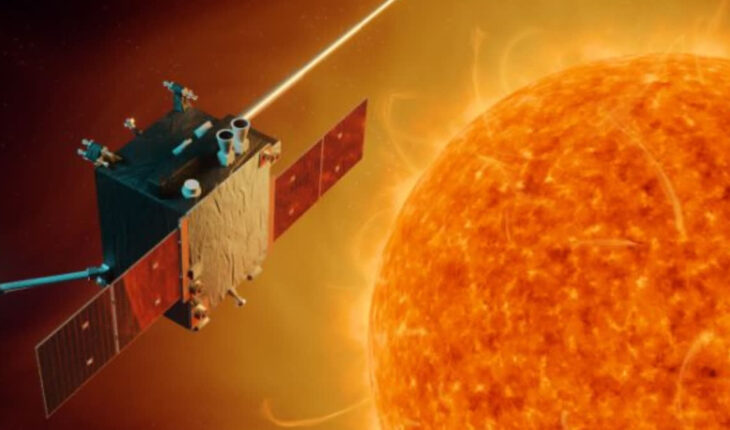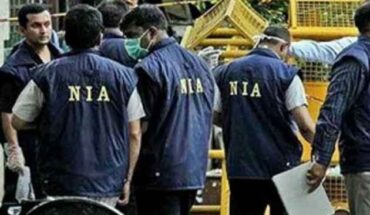Bengaluru: Indian Space Research Organisation (ISRO) has set the date for the Launch of solar mission on September 2at 11.50am. As Vikram and Pragyan, the Chandrayaan-3 lander and rover, continue to do science on the moon. The agency has completed the integration of the Aditya-L1 spacecraft –India’s first solar observatory mission with its workhorse launch vehicle, the PSLV, at Sriharikota.Aditya-L1 will take 4 months to travel till Langrangian point 1 which is between the Sun and the Earth, about 1.5 million km from out planet. Fom L1 point, craft will provide remote observations of solar corona and in-situ observations of the solar wind.
Vikram Sarabhai Space Centre director S Unnikrishnan Nair told media that with this, Isro has entered the last leg of launch preparations,” The launch vehicle and spacecraft has been integrated. Now, we are carrying out tests after which the PSLV WILL BE MOVED TO THE LAUNCH PAD,” he added. The spacecraft , realised at the UR Rao Satellite Centre(URSC), Bengaluru, had reached the spaceport in Sriharikota on August 14. Aditya-L1 is the first pace-based onservatory class Indian solar mission to study the Sun.
Aditya –L1 spacecraft will carry seven payloads to observe the photosphere, chromospheres, and the outermost layers of the Sun (the corona) using electromagnetic and particle detectors, Using the special vantage point of L1, four payloads will directly view the Sun and the remoaning three payloads will carry out it –situ studies of particles and fields at the Lagrange point L1. It is planned to placed in a halo orbit around the Lagrangian point1 (L1) of the Sun-Earth system, which is about 1.5 million km from the Earth. A satellite placed in L1 point has the major advantage of continuously viewing the Sun without any occultation or eclipse. This will provide a greater advantage of observing the solar activities continuously.
Meantime ISRO said, Chandryaan-3 rover Pragyan’s baby steps towards functioning on lunar surface fraught with potential pitfalls continued when it spotted a crater of 4-metre diameter barely 3m ahead of where it stood, causing it to change course. The rover’s encounter with the crater on Sunday came after it negotiated its first surface obstacle since rolling out of lander Vikram a lunar crater with of around 100mm depth. Isro Scientist said, “The crater that the rover negotiated first was small one. This was a much bigger crater, and a decision was made to avoid it and choose a safe path,.” Rover operations on Moon’s surface are semi-autonomous, and ground stations need to uplink commands for its mobility.





